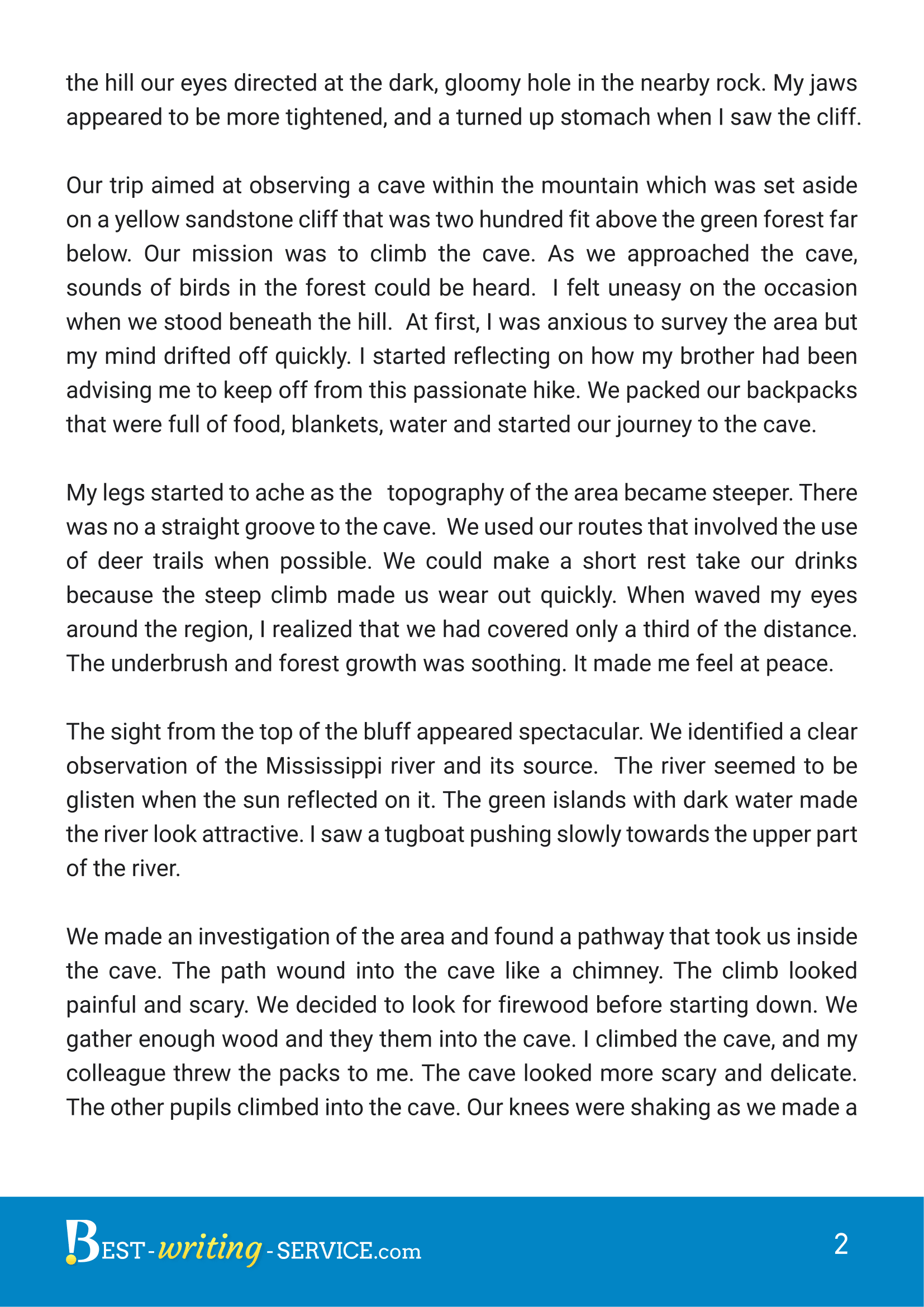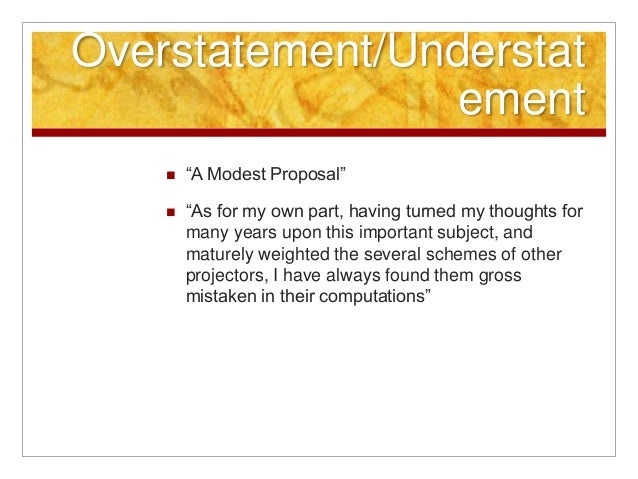
Narrative Essay Examples and Key Elements In a narrative essay, you tell a story, often about a personal experience, but you also make a point. So, the purpose is not only to tell an entertaining tale, but also to expound on the importance of the experience. In the narrative essay examples below, see if you can pull out the moral or theme Descriptive Narrative Essay Example. In descriptive narrative essays, the writer explains everything with vivid details. This could be something visual also, like a photo or a painting and the writer narrates it Narrative Essay. A Night to Forget. A New Beginning. Ready, Set, Pull Out Your Rosary! The Hero Within. That Beautiful Moment. Leaving For Prague. The Loan. A Traumatic Transcendental Experience
Free Narrative Essay Examples - Samples & Format
Amanda Renaud has taught Narrative essay writing examples School and High School English for 4 years. She has a Master's of Education in Curriculum and Development with a minor in Reading Intervention from Concordia University.
She is certified to teach English and Humanities in Washington and Texas. Kelly earned her Master of Mass Communication from Arizona State and has taught consumer behavior and communication courses at the undergraduate level. A narrative essay tells a story. It is told from the author's point of view, and it always has a point or lesson that the reader will take away at the end of the story.
A narrative is a story or account that is narrated, verbally or in writing; therefore, a narrative essay is an essay that tells a story about a personal experience and is narrated by the author.
The story reveals a purpose through the events and details that are shared. Narrative essays share an important experience or life event through storytelling elements.
When writing a narrative essay, writers have room to write more creatively than with other academic essays, but it is important that the creative elements all connect to the purpose of the story. As a member, you'll also get unlimited access to over 84, lessons in math, English, science, history, and more, narrative essay writing examples.
Plus, get practice tests, quizzes, and personalized coaching to help you succeed. Get unlimited access to over 84, lessons. Already registered? Log in here for access. Log in or sign up to add this lesson to a Custom Course.
Log in or Sign up. Certain elements are essential to a narrative essay. These elements engage the reader and help the writer tell the narrative essay writing examples clearly. Personal essays are told from the author's perspective.
This is also known as first-person point of view. When essays are told from a first-person point of view, pronouns such as "I" and "my" are in the essay. Because the story is told from the writer's perspective, it can be slightly persuasive. It is being told from the writer's perspective, so it will include details and ideas the author finds important to communicate to the reader. The writer will communicate the experience narrative essay writing examples event in a way that helps the reader understand the writer's perspective.
It is important that the narrative always has a point; this is commonly a lesson or a theme. The theme of a story is the message that the writer would like to have the reader take away from the story. In a narrative essay, this is introduced creatively in the introduction and revisited in the essay's conclusion. Narrative essays are usually told in chronological order, which is from beginning to end; it is important, however, to include more than just the beginning, middle, and end of the story, narrative essay writing examples.
The story needs to follow a plot, which is the sequence of events in a story. The climax is important in a narrative essay. This is the most intense part of the story; it is sometimes referred to as the "turning point in the story.
The details leading up to the climax should all support and connect to the main point in the story. It is important for writers to use descriptive language when explaining key details; this can include story elements such as setting, narrative essay writing examples, figurative language, dialogue, and characters.
Emphasis should be placed on important details, and less time should be spent on small details that do not contribute as much to the story. The amount of time spent on each plot element and detail will impact the pacing of the story. When writing a narrative essay, it is important to pay attention to pacing.
The organization of a narrative essay will have the most impact on the effectiveness of the essay. The story must be told in a way that allows the reader to follow the story and understand the point. The story is usually told in chronological order, but writers can use other literary devices, such as flashback or foreshadowing, to tell the story and engage the reader.
The writer will just need to be sure that the essay is organized in a logical order that allows the reader to follow the story. Most often, narrative essays tell a story about a personal experience. This gives writers a variety of topics to choose from when writing a narrative essay. Some examples include:. It is important to plan carefully when writing a narrative essay. Writers can follow the steps of the writing process to create a carefully organized and engaging narrative essay.
The first step of the writing process will be to choose a topic for the essay. Because a narrative essay explains a personal experience, it is important that writers select an experience that they are excited to share and will be able to explain narrative essay writing examples detail.
After selecting a topic, writers should use an outline to organize their ideas and capture all the important events and details. The outline should include an introduction with a hook, summarize the story narrative essay writing examples beginning to end by discussing events in each of the plot events, narrative essay writing examples, and include a conclusion that identifies the theme. Writers can set the stage for a well-organized draft by developing a detailed outline.
During the drafting phase, narrative essay writing examples, writers will use the detailed outline to write their essay. It is important to add storytelling elements that make a narrative essay interesting to readers. Sensory details, or details that engage all five senses, can be used to describe the setting, characters, and events. Dialogue, or conversations between characters, narrative essay writing examples, engage readers and give insight into the theme of the story.
Adding these storytelling elements will help communicate the story and theme in an engaging way, which will help the reader appreciate the story. It is important for writer's to get feedback at this point to effectively move on to the revising stage. The revising stage is a time to examine the clarity of an essay and create meaning. Writers need to look for opportunities to add details or remove unnecessary information as well as reword or reorganize.
When revising a narrative essay, it is important to pay attention to the organization of the story and the pacing of the story. Questions writers can use to guide the revising phase of the writing process include:.
Grammar, usage, and mechanics are examined during the editing phase. It is important to correct spelling, capitalization, or punctuation mistakes, as well as identify any grammar or word usage errors. Although a narrative essay is a story, and it allows for more creativity, it is important to follow grammar, spelling, and punctuation rules with the exception of some dialogue to ensure the reader understands the story.
Once the editing process is finished and the essay is polished, it is time to share the essay. The instructions for the essay will include submission information as well as the formatting guidelines, narrative essay writing examples.
Use these instructions to make sure you are meeting all publishing requirements. This is the final step in the writing process. The essay is complete after finishing the publishing phase. Outlines are created during the brainstorming phase of the writing process.
Using an outline to organize thoughts and ideas before writing will help writers include all important details. Because a narrative essay tells a story, the outline will focus on the events of the story. It will also provide the opportunity to brainstorm ideas for the introduction narrative essay writing examples conclusion.
Writers can start with the body of the outline and return to the introduction as needed, and the outline will only contain general details about the events.
Narrative essays do not narrative essay writing examples follow the traditional five-paragraph essay rule, because stories will not necessarily fit neatly into three body paragraphs. Details, dialogue, and sensory details will be added during the drafting phase of the writing process. Narrative essays share an important experience or life event through storytelling elements and the author's perspective.
The organization and pacing of a narrative essay will have the most impact on the effectiveness of the essay, so narrative essay writing examples is critical to plan carefully when writing a narrative essay. Then writers will write a draft, revise, edit, and publish the final essay to share their personal stories. To unlock this lesson you must be a Study. com Member. Create your account. A narrative essay is an essay that includes a story about a personal experience told from the author's perspective.
Storytelling elements are used to engage the reader and reveal the point or theme of the story. Examples of narrative essay topics include: overcoming obstacles, a funny story with a lesson, a person that inspired you, or a memory or event narrative essay writing examples taught you a lesson. A narrative is a story that is narrated verbally or in writing.
A narrative essay tells a story in essay format. It is about a personal experience and told from the author's perspective. It has a point or theme, and it uses storytelling elements to engage the reader. Narrative essays are usually based on a personal narrative essay writing examples told from the author's perspective.
The essay always has a point or theme, which is the message the author wants the reader to take away. Examples of narrative essay topics include: an unforgettable experience, making a mistake and learning from it, narrative essay writing examples, or setting and achieving a goal. Using the writing process when writing a narrative essay will help writers include all important elements of a narrative essay.
Already a member? Log In, narrative essay writing examples. for Teachers for Schools for Working Scholars® for College Credit. Log in. Sign Up. for Working Scholars® for College Credit.
Narrative Essay Examples 2021 - Top Examples From EssayPro
, time: 4:55Narrative and Reflection Writing Samples | Western Technical College

Narrative Essay. A Night to Forget. A New Beginning. Ready, Set, Pull Out Your Rosary! The Hero Within. That Beautiful Moment. Leaving For Prague. The Loan. A Traumatic Transcendental Experience Descriptive Narrative Essay Example. In descriptive narrative essays, the writer explains everything with vivid details. This could be something visual also, like a photo or a painting and the writer narrates it Narrative Essay Conclusion Example: “The mission was accomplished. We had killed the wild beast and had emerged successful. It was an amazing hunting trip. One that would always remain in my memory for all time to come.” (back to top) Narrative Essay Examples

No comments:
Post a Comment